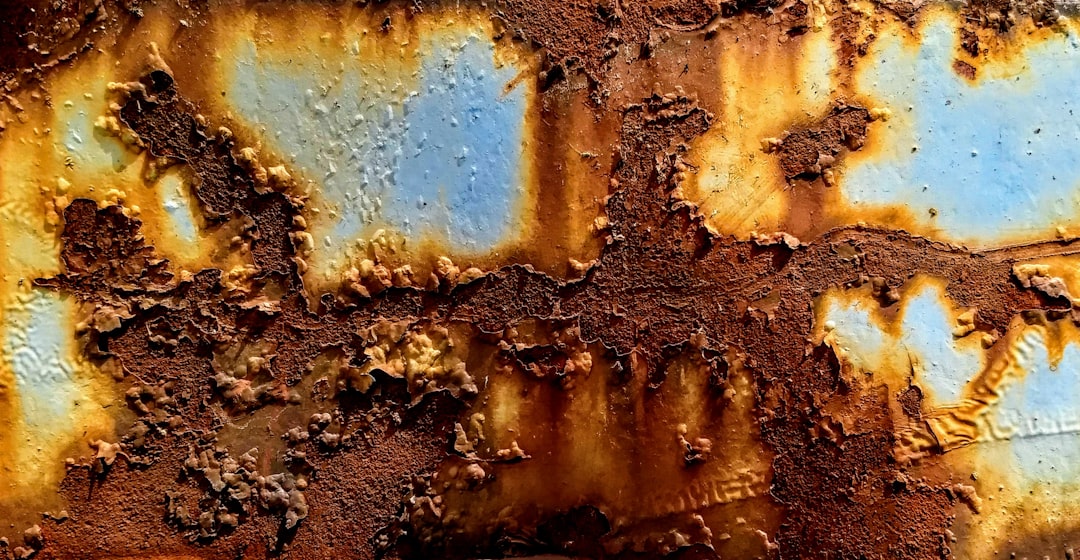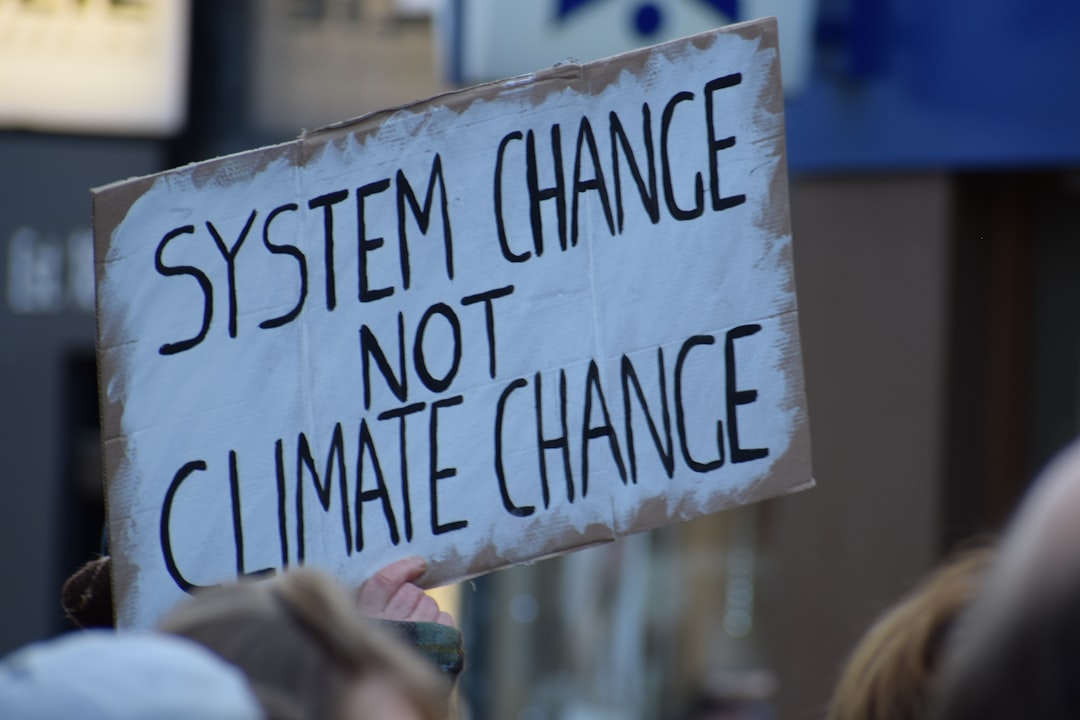What is it about?
The negative influence of climate change on the ecological water cycle results in some uncertainty. Will future water supply be able to meet demands? Monitoring and forecasting climate change could help answer this question. This 2021 study developed a framework to plan water supply from the Kankakee River in Illinois, USA. The authors analyzed various supply scenarios in the face of changing demands. They factored in climate change variables, like greenhouse gas emissions and unpredictable water demand forecasted in different sectors. The framework operated well and could estimate water demand in areas with comparable water supply plans. Climate change, and not demand, appeared to have a significantly higher influence on water supply in the future. Hence, it should be included in supply planning strategies.
Featured Image

Photo by zhang kaiyv on Unsplash
Why is it important?
Rising global temperatures are causing glaciers to melt and water levels in rivers and oceans to rise. There is plenty of water available, and its real demand appears to be far lower than its supply from natural sources. Despite this, sensibly delivering usable water to the public is challenging. The main issue? Water flow is fluctuating just as fast as it rises. There will be more water available throughout the year, but less during droughts and dry seasons. Estimating the quantity of water required to conserve ecology while still meeting public demand is critical. It would : 1. Boost the development of resilience of water supply systems; 2. Prepare us for times of reduced supply due to climate change; and 3. Help balance resources. KEY TAKEAWAY: Effective water supply planning requires us to consider climate change in the equation. Expected disparities between demand and supply in the future necessitates a search for alternative water supply sources to meet the increasing requirements.
Read the Original
This page is a summary of: Water Supply Planning Considering Uncertainties in Future Water Demand and Climate: A Case Study in an Illinois Watershed, JAWRA Journal of the American Water Resources Association, July 2021, Wiley,
DOI: 10.1111/1752-1688.12948.
You can read the full text:
Resources
Contributors
Be the first to contribute to this page










